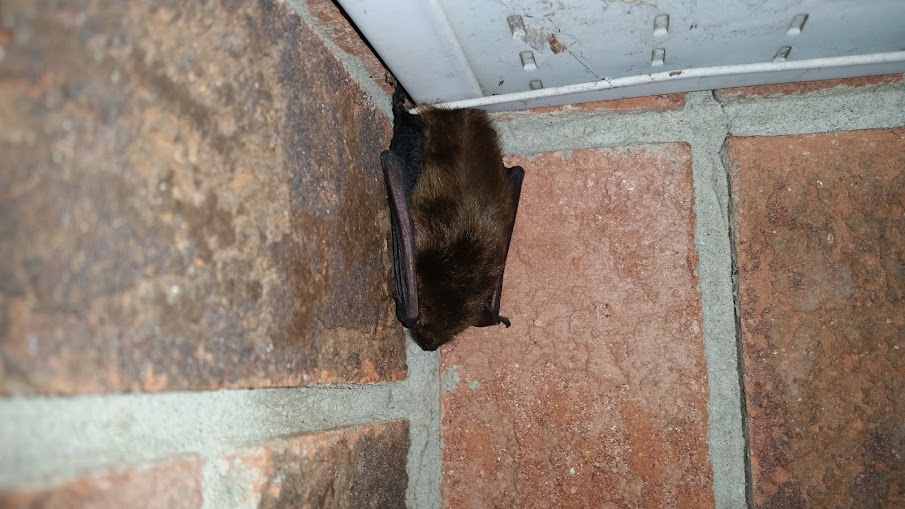People have a lot of exaggerated fears about bats. These are often stated so authoritatively that it can be difficult to separate legitimate anxieties from pure flights of fancy. For example, it is true that bat removal is necessary if you ever find them roosting in your house. It is also true that bats can carry rabies and potentially spread it to humans if they happen to bite them. However, it is not true that bats frequently fly into human hair and get stuck there. Nevertheless, this is one of the most persistent myths about these misunderstood creatures. Let’s take a moment to separate fact from fiction.
Do Bats Have Bad Eyesight?
Another persistent myth about bats is that they have poor eyesight. In some people’s minds, there is a connection between the two myths: Because bats are supposedly blind, they may not be able to see where they are going, so they could get tangled in your hair by accident. This entire theory is based on a faulty premise because bats are not blind at all. In fact, they have a specially adapted visual sense that allows them to see more acutely in the dark than humans can. This comes in handy to help the bat find food when hunting at night.
Even if bats were blind, it is still extremely unlikely that they would crash into your head and get tangled in your hair. Bats navigate and find food by using echolocation. They produce a series of high-pitched noises and use their keen hearing to listen for the echo that is produced when the sound waves bounce off objects. The information that they gain from the echo tells them the size and shape of the object in their path. If it is an insect, they can swoop in to catch it, whereas if it is an obstacle, they can swerve to avoid it.
Do Bats Spread Disease by Biting?
Bats can serve as hosts for several zoonotic diseases, e.g., illnesses that can spread to humans. Most, including salmonella, leptospirosis, and histoplasmosis, are more likely to spread indirectly through the bats’ excrement. An exception is rabies, which a bat might transmit to a person through biting.
However, a bat is not going to fly into your hair for the purpose of biting you. Infection with rabies does not make bats more aggressive, as it does some other animals. Instead, it makes them disoriented, lethargic, and so weak that they might not even be able to fly. Furthermore, most bats only bite in self-defense if threatened or handled. There are only three species of vampire bats that feed on blood. None of them live in North America, and they prefer feeding on animals other than humans.
How Did the Myth Get Started?
It’s not entirely clear where the scary but improbable notion that bats get tangled in hair originated. One theory is that people may have become frightened by bats swooping close to their heads at night. Rather than attempting to attack a person or get into his or her hair, bats may do this attempting to catch mosquitoes. To help them find food, mosquitos have the ability to detect body heat and sense carbon dioxide exhaled from their hosts. They are attracted to these things and often swarm around humans. Bats feed on mosquitoes and other insects. Once they locate their prey using echolocation, they may swoop in very quickly to catch the insect. This may occasionally bring them close to a person’s head, which may be startling, but they are so effective at navigating that they almost certainly will not become tangled in hair.
Help With Bat Removal From Skedaddle
A problem with bats in your home requires professional wildlife control in Milwaukee. This is partly for your safety but also because bats are endangered and have to be handled in a specific way. Find out more about our process.



